The reality of the National Football League is that a season rarely, if ever, goes according to the script written in training camp. The single greatest, most unpredictable disruptor is the wave of injuries that inevitably sweeps through the league. From minor sprains to catastrophic, season-ending blows, the toll on players is an unavoidable, constant factor that shapes the championship landscape.
The 2025 season is proving to be no exception to this harsh reality. Already, just weeks into the schedule, key stars across multiple positions have been sidelined, not only reshaping the AFC and NFC playoff races but also throwing the world of fantasy football into chaos. The loss of franchise quarterbacks, game-wrecking defensive ends, and All-Pro wide receivers has shifted the balance of power and forced front offices and coaching staffs into difficult, immediate decisions.
This article provides an in-depth look at the NFL injury report 2025 updates, highlighting the star players sidelined NFL 2025, providing the most current NFL recovery timelines 2025, and analyzing the dramatic impact on NFL team injuries 2025. For fans and fantasy managers alike, staying current on the latest NFL injury news 2025 is essential to understanding the league's trajectory.
What Are the Latest Updates on NFL Injuries in 2025?
The current state of the NFL injury report reflects a particularly harsh start to the season, characterized by a mix of high-impact trauma and the persistent issue of soft tissue injuries.
The most devastating headline injury is the confirmed season-ending injury to Miami Dolphins star wide receiver Tyreek Hill. During a Monday Night Football contest, Hill suffered a dislocated knee, with subsequent testing revealing that the injury involved a tear of multiple ligaments, including his ACL. This massive blow abruptly ends his 2025 campaign and casts a shadow over the Dolphins' Super Bowl aspirations in the competitive AFC East.
Another major blow to the AFC contender landscape came with the injury to Cincinnati Bengals QB Joe Burrow, who was diagnosed with a Grade 3 turf toe injury in Week 2. Following surgery, the best-case scenario for Burrow's return is currently slated for late December (around Week 16). However, the complexity of turf toe makes a guaranteed regular-season return far from certain, forcing the Bengals to rely on backup Jake Browning.
Other concrete injury headlines include:
Malik Nabers (Giants WR): Lost for the season due to a significant knee injury.
Nnamdi Madubuike (Ravens DL): The key defensive lineman is out for the season with a neck injury.
Kaleb McGary (Falcons OT): The starting right tackle is out for the season with a leg injury, impacting Atlanta's offensive line continuity.
Jayden Daniels (Commanders QB): Missed the past two games with a knee issue, though his return is expected to be sooner than the season-ending injuries mentioned above.
League-Wide Trends: The Rise of Soft Tissue Injuries and Rule Changes
Beyond the catastrophic injuries, the league continues to grapple with a high incidence of soft tissue issues (hamstrings, calves, and groins). Players like Ravens QB Lamar Jackson (Hamstring, Doubtful for Week 5) and Rams TE Tyler Higbee (Hip, Did Not Participate in Practice) are currently featured on injury reports, highlighting that these nagging injuries are pervasive and often keep players on the sideline as much as fractures or ligament tears. This rise is a focus area for the NFL, which is continually seeking ways to optimize player conditioning and minimize non-contact injuries.
In terms of player safety, rule changes continue to evolve. Notably, the experimental kickoff rule implemented in the previous season, which moves coverage players closer to blockers to eliminate high-speed collisions, resulted in a 43% drop in the rate of concussions on return plays, alongside a significant reduction in lower-body injuries. Furthermore, the banning of the "hip-drop" tackle, an action found to injure players at an estimated 20 to 25 times the rate of normal tackles, reflects the league's ongoing effort to legislate safety, even if it draws criticism from some players and observers.
Which Star Players Are Currently Sidelined?
The loss of marquee talent is the most painful consequence of the injury reality, immediately downgrading team performance and exciting the market for backups and trades.
High-Profile Names Missing Action:
| Player Name | Position | Team | Confirmed Injury | Status/Implication |
| Tyreek Hill | WR | Dolphins | Dislocated Knee (Multiple Ligaments, including ACL) | Out for Season; Ends Miami's primary deep threat. |
| Joe Burrow | QB | Bengals | Grade 3 Turf Toe | Eligible to Return Late December (Week 16); Playoff hopes severely impacted. |
| Malik Nabers | WR | Giants | Knee Injury | Out for Season; Giants lose their top receiving option. |
| Nnamdi Madubuike | DL | Ravens | Neck Injury | Out for Season; Critical loss of interior pass rush in the AFC North. |
| Lamar Jackson | QB | Ravens | Hamstring | Doubtful for Week 5; Threatens a crucial division game. |
| Justin Fields | QB | Jets | Concussion | Missed a game; Highlights the ongoing concern over head injuries. |
| Will Johnson | CB | Cardinals | Groin | Doubtful for Week 5; Impactful loss to a struggling secondary. |
| James Conner | RB | Cardinals | Foot | Currently on IR (Expected Return: Week 5); Waiting on the return of a key offensive piece. |
The magnitude of these absences is staggering. The loss of Hill has dropped the Dolphins from a projected top-five offense in the AFC to a unit now scrambling for an identity. Similarly, the long-term absence of Burrow has put the entire season of a Super Bowl hopeful in jeopardy. On the defensive side, the perennial strength of the Baltimore Ravens has been tested with Madubuike and All-Pro CB Marlon Humphrey both dealing with significant issues, which leaves the team vulnerable in the highly contested AFC North.
How Do Injuries Affect NFL Team Performance?
The impact of injuries ripples far beyond a single player's box score; it fundamentally shifts game strategy, depth, and overall team mentality.
Strategic and Personnel Shifts:
Quarterback (QB) Losses: When a starting QB like Joe Burrow or, temporarily, Jayden Daniels is out, the team's entire playbook contracts. Offensive coordinators become less aggressive, relying more heavily on the running game (if available) and shorter, high-percentage throws. The Bengals’ reliance on a backup like Jake Browning drastically alters their identity, favoring a more cautious approach rather than Burrow’s high-volume passing attack.
Offensive Line (OL) Erosion: This position group is where injuries prove most cumulative. Several teams, including the Minnesota Vikings and Los Angeles Chargers, have struggled to field their projected starting five for a single game. The Chargers lost LT Rashawn Slater (Torn Patella) and RG Mekhi Becton (Concussion), contributing to QB Justin Herbert being pressured on 45.5% of his drop-backs in a recent loss. The Vikings’ QBs, Carson Wentz and J.J. McCarthy, were sacked on a league-leading 14% of their passing plays through the early season. This instability forces immediate reliance on unproven backups, which significantly handicaps the offense's ability to run block and protect the passer.
Defensive Star Absences: Losing a star defensive player, such as an elite cornerback or a top pass rusher like Nnamdi Madubuike, forces the defense to adjust its blitz packages and coverage schemes. Teams may have to play more zone coverage to compensate for a weaker cornerback depth chart, or rely on complex defensive fronts to manufacture pressure, which increases the risk of miscommunication and costly penalties.
Depth and coaching adaptability become the ultimate determining factors. Teams like the Buffalo Bills, Detroit Lions, and Kansas City Chiefs, which have largely avoided catastrophic injuries to their core starters, hold a significant competitive advantage simply by maintaining continuity.
What Recovery Timelines Have Teams Provided for Players?
Understanding the expected return dates is critical for teams hoping to stay afloat for a mid-season surge or a late-season playoff push. The status of an injured player falls into three main categories: short-term, long-term/Injured Reserve (IR), and season-ending.
Expected Return Windows:
Season-Ending Injuries: Players with major tears (ACL, Achilles, complete fractures) or severe trauma are typically placed on IR for the season. Examples include Tyreek Hill and Malik Nabers. These players will not be available until the 2026 campaign.
Injured Reserve (IR) with a Return Window: Under current NFL rules, players placed on IR who are designated to return must miss a minimum of four games (Weeks 1-4).
Players like Cardinals RB James Conner (Foot) and Bills K Tyler Bass (Groin) are currently on IR and are Eligible to Return Week 5, suggesting their injuries were more manageable than those who were immediately ruled out for the year.
For the Bengals, QB Joe Burrow's expected return in late December would align with a long-term IR/rehabilitation timeline, likely stretching to the maximum allowable duration, highlighting the severity of the Grade 3 turf toe.
Short-Term/Game-Day Status: These players are listed on the weekly injury report with designations of "Questionable," "Doubtful," or "Out."
"Out": Player will not play in the upcoming game. (e.g., Commanders WR Terry McLaurin - Quad).
"Doubtful": Player is unlikely to play (generally a 25% chance of playing). (e.g., Ravens QB Lamar Jackson - Hamstring).
"Questionable": Player’s participation is uncertain (generally a 50/50 chance of playing). (e.g., Cardinals G Will Hernandez - Knee).
Fans and fantasy players should always track official updates closely, especially for players labeled "Doubtful" or "Questionable," as these are often the last-minute decisions that determine Sunday's final lineups.
How Can Fans Stay Updated on NFL Injury Reports?
In the age of instant information, reliable, real-time injury tracking is non-negotiable for anyone following the NFL closely.
Reliable Sources for Real-Time Updates:
Official NFL Sources:
NFL.com: Publishes the official weekly injury reports from every team, including the practice designations (DNP, LP, FP) used throughout the week.
Official Team Websites and PR Accounts: The most immediate source for roster moves (IR placements, activations, etc.) and direct coach quotes regarding recovery timelines.
Trusted Sports Journalists: Veteran reporters like Adam Schefter and Ian Rapoport often break the most critical injury news, providing context and expected recovery windows based on medical sources. Following their verified accounts on social media is essential.
Fantasy Football Injury Trackers: Websites like CBS Sports, ESPN, and specialized fantasy analysis sites aggregate the official reports and provide the immediate fantasy implications and projected point losses for players and teams.
Best Practices for Monitoring Updates:
Real-Time Notifications: Utilize apps and push notifications from trusted sports networks to receive breaking news. An ACL tear announced on a Tuesday can drastically alter Sunday's betting lines and fantasy decisions.
Check Official Reports: The final, official NFL injury report is typically released on Friday afternoons. For Monday or Thursday games, this release may be adjusted. Always check the final report close to game time for any last-minute changes, especially for players listed as "Questionable."
Conclusion
The 2025 NFL season has once again demonstrated that injuries are the great equalizer and, often, the true narrative driver of the year. From the season-ending tears for Tyreek Hill and Malik Nabers to the long-term sidelining of franchise leaders like Joe Burrow, the injury report has irrevocably altered the competitive landscape.
These setbacks do more than just sideline players; they force strategic adjustments, test the depth of coaching staffs, and stress the patience of front offices. The ripple effect on the playoff picture is already evident, with key AFC and NFC contenders seeing their championship odds shift dramatically based on medical reports. For fans and fantasy players, this volatility underscores the necessity of remaining vigilant and informed. Staying updated on the official NFL injury report 2025 updates is not just a sideline activity—it is a critical strategy for navigating the rest of the season.
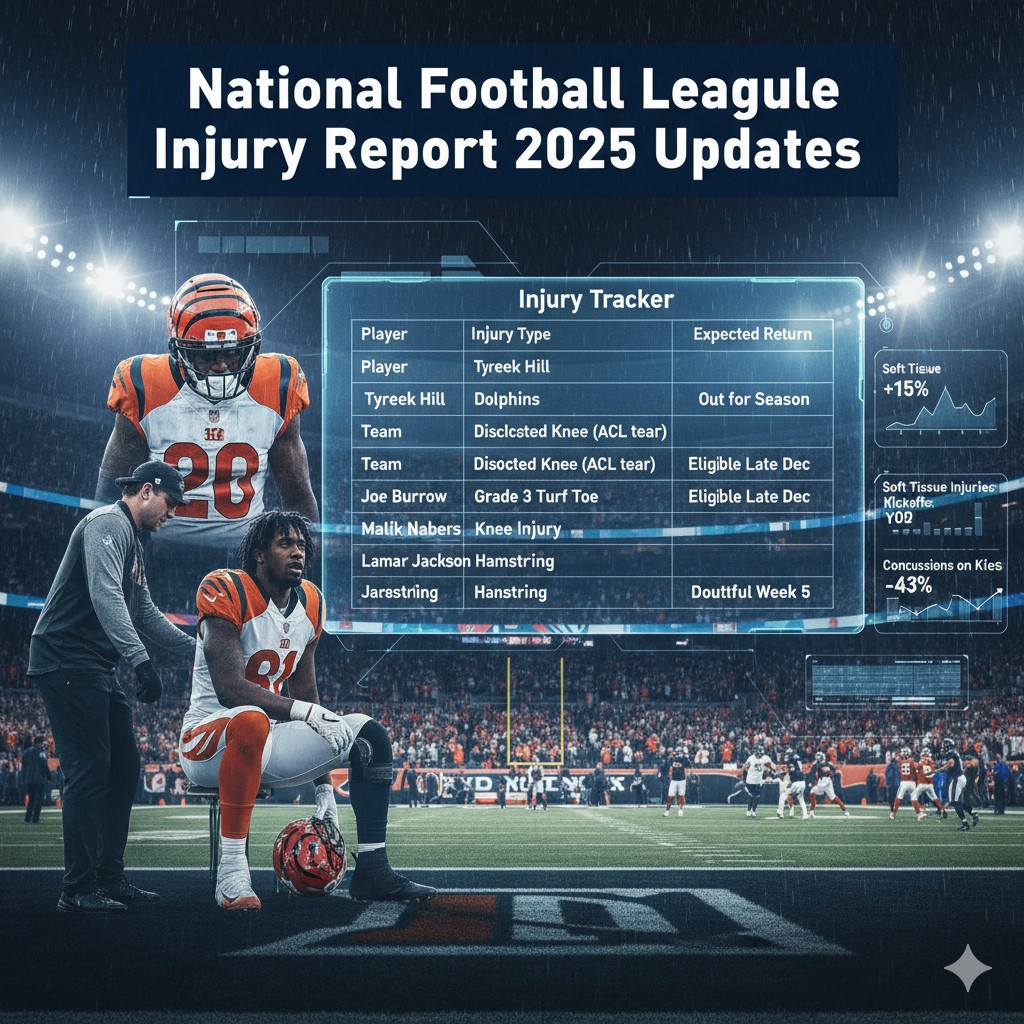

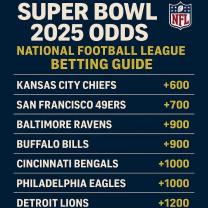




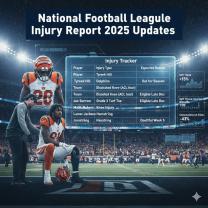
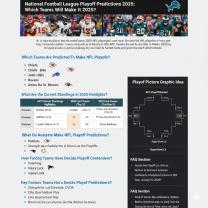
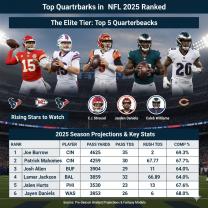


FF_Sleeper
on October 01, 2025Praise for the recovery timeline breakdown! It's so helpful to see the difference between 'IR: Eligible Week 5' (like **James Conner**) versus a full 'Out for Season' designation. Crucial info for roster management.